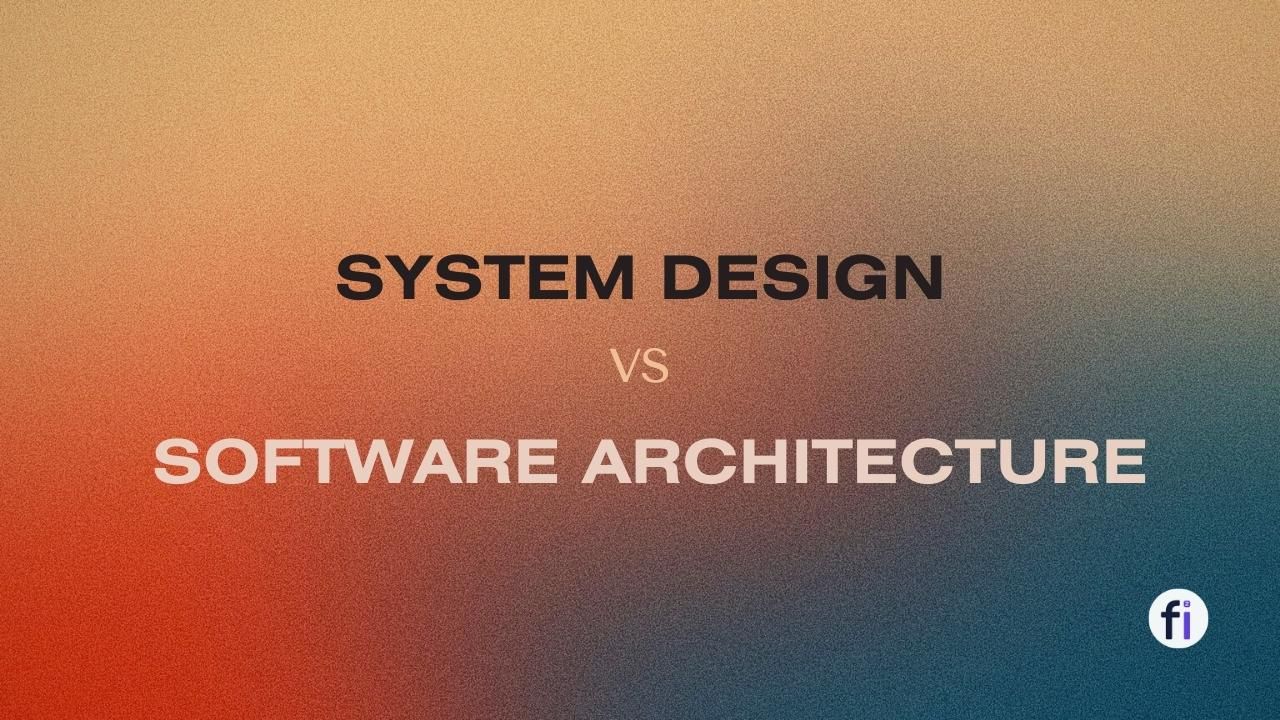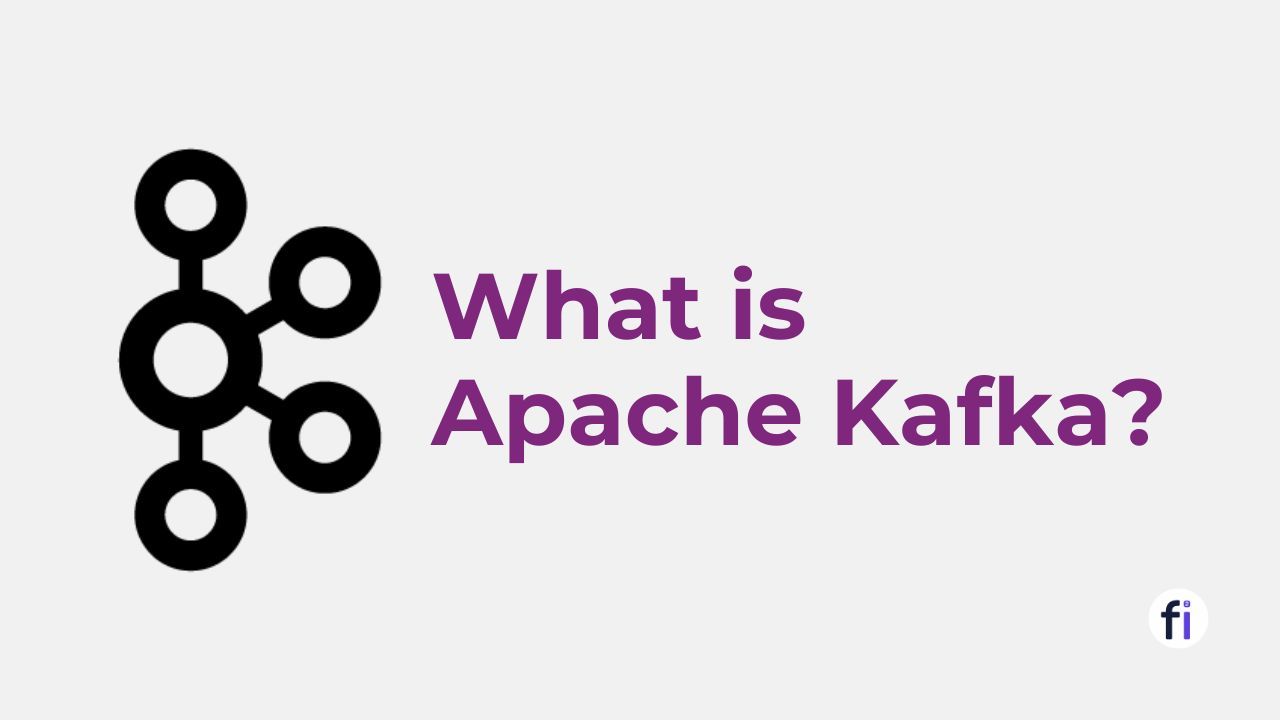DevOps vs GitOps: Streamlining Development and Deployment
DevOps & GitOps both aim to enhance software delivery but how they differ in their methodologies and underlying principles?

DevOps vs GitOps
In SDLC (Software Development Life Cycle), organizations are constantly seeking ways to improve their processes and achieve efficient, reliable, and scalable deployment. While DevOps & GitOps both aim to enhance software delivery, they differ in their methodologies and underlying principles.
First off, let's get straight. What exactly are DevOps and GitOps?

What is DevOps?
DevOps is a collaborative software development approach that highlights the integration of development (Dev) and operations (Ops) teams throughout the software development lifecycle. It aims to establish a culture of continuous integration, continuous delivery (CI/CD), and automation, enabling organizations to deliver software faster, with higher quality and stability.

#1. The Philosophy Behind DevOps
DevOps depends on collaboration, communication, and shared responsibility between development and operations teams. It aims to break down organizational silos and establish a cross-functional approach to software development. By fostering a culture of shared ownership and continuous learning, DevOps enables teams to iterate quickly, detect and address issues promptly, and deliver value to end-users efficiently.
#2. Development Workflow in DevOps
In DevOps, the development workflow typically involves the following stages:
- Continuous Integration (CI): Developers regularly integrate their code changes into a shared repository, triggering automated build and test processes.
- Continuous Delivery (CD): The CI process is followed by the CD pipeline, where the software is automatically built, tested, and deployed to multiple environments, including staging and production.
- Monitoring and Feedback: Continuous monitoring and feedback loops provide insights into the application's performance, allowing teams to detect and resolve issues promptly.
#3. Tools and Technologies in DevOps
DevOps relies on a variety of tools and technologies, including:
- Continuous Integration/Continuous Delivery (CI/CD) Tools: Jenkins, CircleCI, GitLab CI/CD.
- Configuration Management Tools: Ansible, Puppet, Chef.
- Containerization and Orchestration: Docker, Kubernetes.
- Infrastructure Provisioning: Terraform, CloudFormation.
- Monitoring and Logging: Prometheus, ELK Stack (Elasticsearch, Logstash, Kibana).

What is GitOps?
GitOps, on the other hand, is a methodology that leverages version control systems, primarily Git, as the source of truth for infrastructure and application deployments. It treats infrastructure as code (IaC) and relies on declarative specifications to manage and automate the deployment process. GitOps encourages a self-service model where changes to the infrastructure and applications are made through pull requests and automatically synchronized with the target environment.

#1. The Philosophy Behind GitOps
GitOps embodies the principles of declarative infrastructure and immutable infrastructure. It promotes the idea that the desired state of the system should be defined and stored in a version control system, and the deployment process should be automated based on these specifications. GitOps embraces the Git workflow, enabling teams to leverage the familiar version control practices for managing infrastructure and application deployments.
#2. Development Workflow in GitOps
The development workflow in GitOps revolves around the following steps:
- Infrastructure as Code (IaC): Infrastructure configurations are defined as code and stored in a version control system, such as Git.
- Pull Request and Review: Changes to the infrastructure are proposed through pull requests, allowing for peer review and collaboration.
- Automated Deployment: Approved changes are automatically deployed to the target environment by leveraging GitOps controllers and reconciliation loops.
- Observability and Rollbacks: GitOps ensures observability by continuously monitoring the deployed infrastructure and applications, making it easier to roll back to a known-good state if necessary.
#3. Tools and Technologies in GitOps
GitOps utilizes specific tools and technologies, such as:
- Version Control Systems: Git, GitHub, GitLab.
- GitOps Controllers: Flux, Argo CD.
- Infrastructure as Code (IaC) Tools: Terraform, Helm.
- Observability Tools: Prometheus, Grafana.
- Container Registries: Docker Hub, Amazon ECR, Google Container Registry.

Benefits of DevOps & GitOps
Benefits of DevOps
DevOps offers several benefits to organizations, including:
- Accelerated Time to Market: Continuous integration and delivery enable faster release cycles, allowing organizations to deliver value to end-users more rapidly.
- Improved Collaboration: DevOps fosters collaboration and communication between teams, breaking down silos and promoting a shared understanding of goals and responsibilities.
- Enhanced Quality and Stability: By automating testing and deployment processes, DevOps helps identify and address issues early, resulting in more stable and reliable software.
- Scalability and Flexibility: DevOps practices enable organizations to scale their infrastructure and applications efficiently, adapting to changing business needs.

Benefits of GitOps
GitOps provides several advantages for managing infrastructure and deployments, including:
- Declarative and Auditable Deployments: Infrastructure configurations stored in Git serve as an auditable source of truth, enabling easy tracking of changes and facilitating compliance requirements.
- Consistency and Reproducibility: GitOps ensures consistent deployment environments by relying on declarative specifications, reducing the risk of configuration drift and improving reproducibility.
- Git Workflow Familiarity: Leveraging Git workflows simplifies collaboration and enables the use of familiar version control practices for managing infrastructure and application changes.
- Improved Rollbacks and Recovery: GitOps allows for easy rollbacks to previous known-good states, enhancing resilience and enabling efficient disaster recovery processes.

Challenges and Considerations in DevOps & GitOps
Challenges and Considerations in DevOps
While DevOps brings numerous benefits, it also presents certain challenges and considerations, including:
- Organizational Culture: Embracing a DevOps culture requires organizations to adopt a mindset of continuous improvement, collaboration, and learning.
- Legacy Systems: Integrating DevOps practices with legacy systems and monolithic architectures can be challenging and may require gradual modernization efforts.
- Skill Set Requirements: Adopting DevOps may necessitate acquiring new skills and knowledge related to automation, infrastructure as code, and modern software delivery practices.

Challenges and Considerations in GitOps
Similarly, GitOps implementation faces certain challenges and considerations, such as:
- Learning Curve: GitOps may require teams to familiarize themselves with version control systems and Git workflows if they are not already well-versed in these practices.
- Security Considerations: Protecting access to Git repositories and ensuring secure deployment processes are crucial to maintaining the integrity and confidentiality of infrastructure configurations.
- Infrastructure Complexity: GitOps is well-suited for managing cloud-native and containerized infrastructure but may require additional considerations when dealing with complex legacy systems.

How Do These Methodologies Differ, and Why Does It Matter?

#1. Workflow Management:
In DevOps, the workflow is linear and sequential. It's like following a recipe step-by-step, from coding to testing, deployment, and monitoring. However, this can sometimes lead to bottlenecks, especially if one step fails. It's like a domino effect, where one fallen piece can disrupt the entire sequence.
Conversely, GitOps adopts a declarative approach, where the desired state of the system is defined in a code repository. It's like setting a GPS destination. The system automatically figures out the best route to reach the end goal. This approach reduces dependencies and allows for more efficient handling.
#2. Automation:
Both DevOps and GitOps leverage automation but to different extents. DevOps uses automation to streamline processes like integration, testing, and deployment. It's like having a personal assistant who takes care of routine tasks, freeing up your time for more critical work.
GitOps, however, takes automation a notch higher. It automates not just processes but also decision-making. It's like having a smart assistant who not only does tasks but also informed decisions based on predefined rules.
#3. Transparency and Auditability:
DevOps promotes transparency by fostering collaboration between development and operations teams. It's like an open kitchen where everyone can see what's cooking. However, tracking changes can be challenging, especially in large, complex projects.
GitOps, with its version control capabilities, excels in this aspect. Every change is tracked and recorded, providing a clear audit trail. It's like a detective's notebook, detailing every clue and deduction, making it easy to trace back steps if needed.
#4. Speed and Stability:
DevOps, with its continuous integration and delivery, accelerates software delivery. It's like a high-speed train, delivering passengers (software) to their destination (users) quickly.
GitOps, by automating decision-making and reducing dependencies, further boosts speed and stability. It's like upgrading from a high-speed train to a bullet train, delivering passengers even faster and with fewer disruptions.
#5. Real-World Use Cases
Numerous organizations have successfully implemented DevOps and GitOps methodologies. Some real-world use cases include:
- Cloud-native Infrastructure: Organizations adopting microservices architectures and deploying applications on cloud platforms often leverage DevOps and GitOps practices to streamline their development and deployment processes.
- Continuous Compliance and Security: By integrating security and compliance practices into the CI/CD pipeline, organizations can ensure that security requirements are continuously validated and met, reducing the risk of vulnerabilities and non-compliance.
- Infrastructure Automation: Automating infrastructure provisioning and management using tools like Terraform and GitOps controllers enables organizations to achieve consistent and reproducible deployments.
Conclusion
In summary, While DevOps focuses on collaboration, automation, and continuous improvement, GitOps leverages version control systems to manage infrastructure as code and promote declarative and auditable deployments.
If you value collaboration, transparency, and speed, DevOps might be your best bet. But if you're looking for higher automation, better audibility, and increased stability, GitOps could be the way to go. Remember, the ultimate goal is to deliver high-quality software quickly and efficiently. Whether you choose DevOps or GitOps, the key is to adapt and evolve, just like the tech world does.



FAQs
Can DevOps and GitOps be used together?
Yes, DevOps and GitOps can be combined to create a comprehensive approach to software development and deployment.
Which tools are commonly used in a DevOps setup?
Some common tools used in DevOps setups include Jenkins, GitLab CI/CD, Docker, and Kubernetes.
Is GitOps limited to cloud-native infrastructure?
While GitOps is well-suited for managing cloud-native infrastructure, it can also be adapted to handle other types of infrastructure setups.
How does GitOps ensure the security of infrastructure configurations?
GitOps emphasizes secure access control to Git repositories and employs robust deployment processes to ensure the integrity and confidentiality of infrastructure configurations.
What are the benefits of adopting a DevOps culture?
Adopting a DevOps culture improves collaboration, accelerates time to market, enhances software quality and stability, and promotes scalability and flexibility in software development and deployment.

